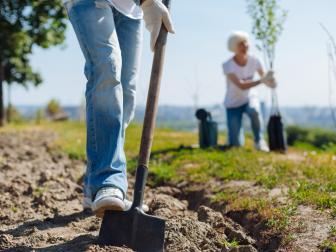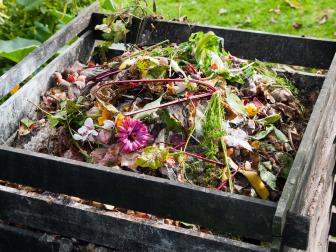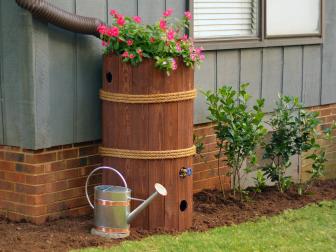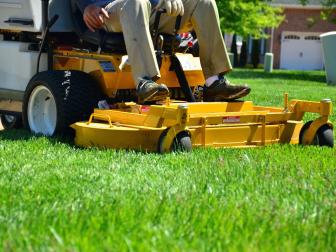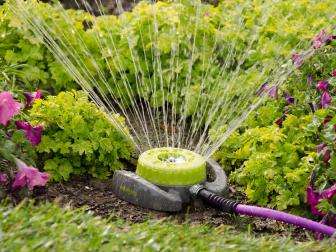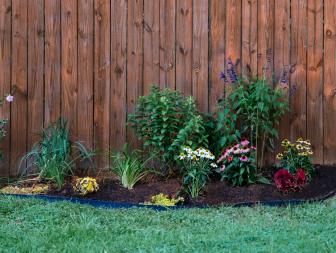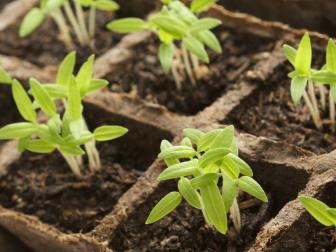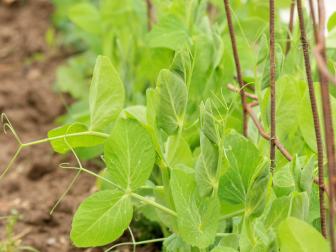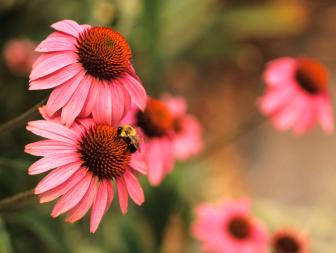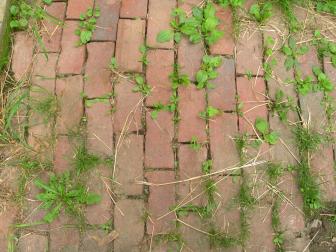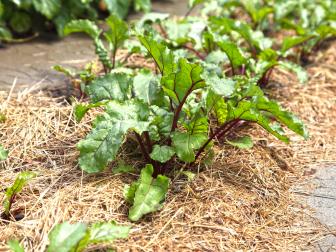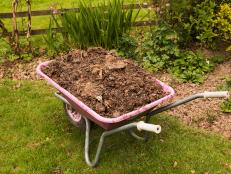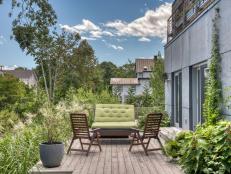10 Ways to be More Sustainable in Your Garden + Yard
Creating a more eco-friendly garden is easy and saves money. Try these simple ideas for creating a more environmentally friendly yard.
The idea of "going green" is appealing, but can also be overwhelming. Do you need to use nothing but all-natural fertilizers and completely overhaul your veggie-growing process in order to make a smaller impact on the earth?
Not necessarily.
The good news is that there are plenty of small steps you can take to create a greener garden (and world), to celebrate Earth Day every day.
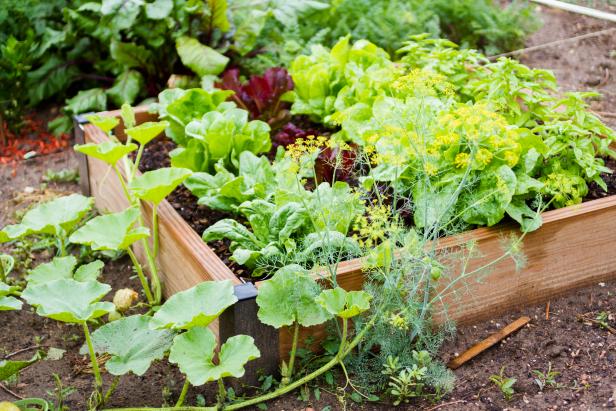
Arina P Habich / Shutterstock.com
There are many ways to create a more sustainable gardening plan. Start your own plan this Earth Day.
1. Plant a Tree
Trees help purify the air and give wildlife a home, and planting them isn't as difficult as you might think. The tutorial below will help walk you through the process, from digging the hole to caring for your young tree.
How to Plant a Tree
To give your new tree a good chance for success, follow these simple instructions on planting a tree.
2. Start a Compost Pile
Composting converts your kitchen scraps into nutrient-rich food for your soil. You'll add less trash to the landfill and make your plants happy.
25 Things You Can Compost (Some May Surprise You!)
Did you know you can compost hair, dryer lint and nail clippings along with your kitchen scraps? It’s not gross; rather, it helps amp up the quality of your garden soil.
3. Use a Rain Barrel
Conserving rainwater is a great way to make less impact on the earth while growing a greener garden. A rain barrel is also a relatively easy DIY project.
How to Make a Rain Barrel 25 Photos
Don't let that rainwater go to waste. This easy, recycled rain barrel project puts money back in your pocket.
4. Switch to a Reel Mower
Switching to a non-gas-powered reel mower not only saves you money but also means less toxic gasses going into the air. Plus, it's great exercise! Even if you only use the reel mower every other time you mow, you'll be making a positive impact on the environment and the air quality in your neighborhood.
Be Smart About Lawn Care
From mower options to lawn care products, get tips for growing a healthy and eco-friendly yard.
5. Water Smartly
Give your garden a drink during the coolest part of the day, so more water has a chance to seep into the ground before it evaporates. You'll save water over the long haul. The article below offers more tips for efficient and environmentally conscious watering.
25 Ways to Conserve Water in Your Garden and Landscape 25 Photos
Learn easy ways to save water and still have a head-turning yard.
6. Reduce the Grass in Your Lawn
Non-grass lawns can comprise easy-care ground cover plants, wildflowers, stone, pavers and/or other materials. The result? Less work, less watering needed, and less mowing. Moss as ground cover and meadowing are two ideas to consider.
4 Ways to Convert Lawn to a Flower Bed
There are multiple methods for removing grass to create garden beds. Some are labor intensive while others just take time and patience. Here are four chemical-free ways to turn your lawn into your garden.
7. Try Organic Seeds
Planting organic seeds is a simple way to start your garden on an eco-friendly footing.
How to Start Seeds Indoors
Starting seeds indoors in winter helps you get a jump on your spring and summer gardening goals.
8. Use Fewer Chemical-Based Products
If you're used to using chemical-based fertilizers, herbicides or pesticides, challenge yourself to replace one of those methods with a more natural strategy. Check out the article below on natural alternatives to chemicals in the garden, or this one on using natural weed killers.
Organic Gardening Demystified
Compost tea, insecticidal soap and flamers help you go "green" in the yard.
9. Go Organic on a Smaller Scale
If the idea of growing an entire organic garden is a little too much to bite off all at once, get your feet wet by trying organic gardening methods in a container garden.
Organic Gardening Techniques Help Control Pests
There are many benefits and lessons to learn from organic gardening. Among them is how to control insects through plant diversity.
10. Join a CSA
Chances are you don't grow enough veggies in your garden to fill all your dining needs. But instead of picking up the rest of those veggies at the grocery store, consider signing up for a CSA, or Community-Supported Agriculture. It's a great way to support farmers in your community and eat better, greener foods.






